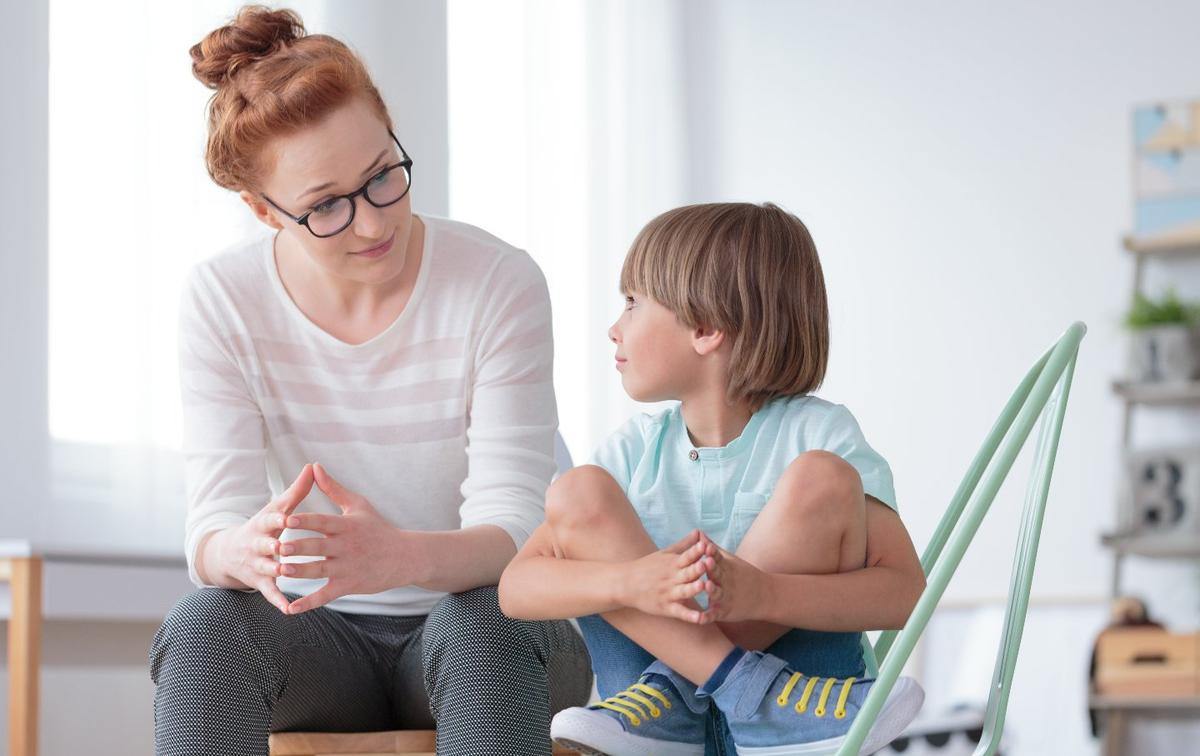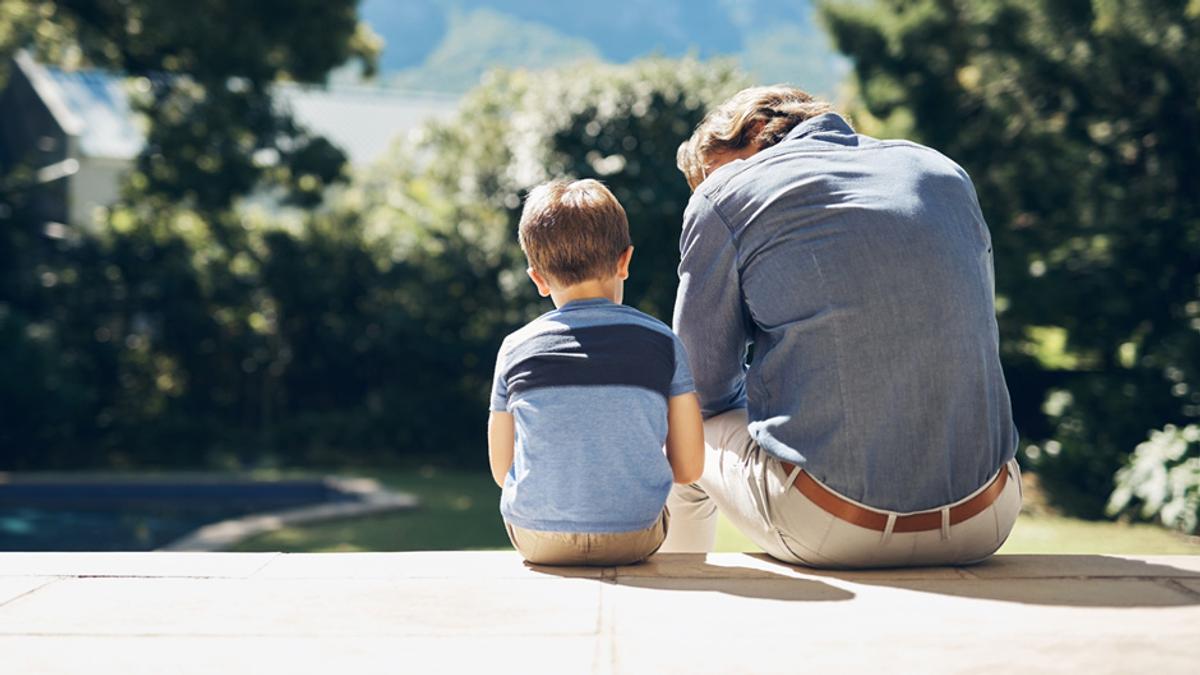Principal's Report
Kylie O'Donnell

Principal's Report
Kylie O'Donnell
Dear Parents and Carers
I hope this message finds you well. While it was a tough weekend for the Chookies with a disappointing loss to the Raiders, we continue to back them as they regroup for the next round. Sadly, the Sydney Swans didn’t do much better, with their loss to the Adelaide Crows, we wish them better luck this weekend as they line up against Richmond.
Thank you to all families for helping keep our afternoon afternoon carline running smoothly. Your cooperation has made a noticeable difference. Just a gentle reminder: if you are pulling into the Kiss 'n' Go line, please ensure your hazard lights are on to help other drivers to realise you will be stopping.
Secondly I remind all parents who use the Kiss ‘n’ Go facility either in the morning to drop off or in the afternoon to pick up you are expected to give one morning per term to help out on the morning drop off line. If you have not already provided your name and number, please email stmm.kiss.go@gmail.com with you details and availability
As the weather has now cooled, we ask that all students attend school in their full winter uniform, including their school tie, Monday to Wednesday. On Thursdays and Fridays, students should wear their full sports uniform. Wearing the correct uniform helps promote a sense of pride and unity within our school community.
All of our parents are encouraged to complete the Tell Them From Me survey.


It is anonymous, takes less than 15 minutes to complete and best of all, information collected from this survey is used for school planning and evaluation.
HAVE YOUR SAY and BE HEARD!


Evidence-backed strategies to raise emotionally intelligent, resilient kids - without yelling or punishment. by Michael Gross
Discipline.
It’s one of those parenting words that can send a shiver down our spines.
For many, it conjures images of raised voices, naughty corners, or lectures that fall on deaf ears. But true discipline isn’t about punishment—it's about teaching—helping kids learn right from wrong, developing self-control, and nurturing responsible behaviour.
Over the years, we’ve seen parenting advice swing from one extreme to another—authoritarian, permissive, and everything in between. Discipline fads, like diet trends, have come and gone, offering quick fixes but no lasting change.
We now know what works
But thanks to research from child psychology, neuroscience and education, we now have a clearer picture of what truly works.
Here are twelve evidence-backed discipline tools every parent should have in their parenting toolbox each one practical, effective, and built on solid research. Each discipline tool is linked to one of the five major discipline approaches (click for more information on these approaches)
1. Connect Before You Correct


Before children can listen, they need to feel seen and safe. An emotional connection activates the brain’s social engagement system, calming stress responses and facilitating cooperation.
Neuroscience research from the University of Melbourne highlights how parental warmth and responsiveness help children regulate their emotions and behaviour more effectively.
Example: Before addressing the mess on the floor, pause, kneel, and say, “Hey, mate, I can see you’re busy playing. Can we chat for a sec?”
Tip: Make eye contact, use a gentle tone, and lead with empathy before addressing the behaviour. Kids listen best when they feel heard.
2. Define Expected Behaviours


Socially-agile kids are able to adapt their behaviours to suit different circumstances. For instance, they know they can behave very differently in their grandparents’ place than they do at their aunt’s house. Different people, different places, different expectations.
You can promote this social agility by clearly stating the behaviours you expect before they enter a new or different social environment. Specify unacceptable behaviours as well.
Example: “When you visit Grandma, remember to bring your manners. Look at her and say hello. Take plenty of please’s and thank you’s too. You know she hates it when you forget.”
Tip: Use just-in-time instructions so they’re easy to remember. Let them know your expected behaviours just before they enter a new environment. Keep the expected behaviours to just one or two.
3. Set Clear, Concise, Calm Instructions
Children need to know what’s expected before we can expect them to meet it. Research from Raising Children Network and Australian parenting programs like Triple P – Positive Parenting Program shows that clearly stated rules and routines reduce conflict and encourage cooperation.
Example: “In this family, we pack up our things before dinner.” Say it calmly, and repeat it often—especially before the moment you expect it. The reference to “We” is powerful, as it implies a family or group expectation, making it more likely that they adhere to it.
Tip: Keep rules short, simple, and positive. Write them down or use visuals to reinforce them.
4. Use Descriptive Praise


Specific, effort-focused praise encourages kids to repeat good behaviour and helps build a positive self-image.
My daughter, a mother of three boys, is a master at descriptive praise. She is skilled at recognising when her boys are engaging in appropriate behaviour (that is, social, co-operative, safe behaviour) and she highlights both the behaviour and its benefits.
“Max, that’s so cool that you looked at me when you spoke to me. That’s a smart way to make sure I listen up.”
US academic Carol Dweck’s work on growth mindset—echoed in education circles across Australia—shows that acknowledging how kids do something is more powerful than simply saying “well done.”
Descriptive praise teaches kids how to behave, encouraging repetition of socially acceptable behaviours.
Example: “You got frustrated with your brother but used your words instead of hitting. That took real control.”
Tip: Notice and name the behaviour you want to see more of. Catch your kids doing the right thing—and tell them about it.
5. Natural Consequences Are Great Teachers
Children learn best from the real-world consequences of their actions, provided those consequences are safe and age-appropriate. It’s the way that children have always learned to navigate their world.
In a nutshell, natural consequences build responsibility without damaging relationships.
Example: If your child forgets their raincoat, they’ll get wet. That soggy memory will do more teaching than any lecture.
Tip: Resist the urge to shield them from every discomfort. Let nature and logic do the heavy lifting.
6. Try Time-In, Not Just Time-Out


While traditional time-outs can be effective in reducing attention-seeking behaviour, new research from the Australian Institute of Family Studies suggests that time-ins—where the parent remains close—are more effective for emotional learning, particularly with younger children.
Example: “You’re feeling overwhelmed. Let’s sit together and breathe until you’re ready to talk.”
Tip: Create a calm-down space in your home—a comfy chair with books or sensory toys. Please encourage your child to go to that space on their own when they need to calm down and relax. This helps them establish agency over their own emotions. The aim is emotional regulation, not isolation.
7. Offer Structured Choices
Giving children some control within boundaries boosts cooperation and reduces power struggles. The Triple P program encourages offering limited, parent-approved choices to help kids feel heard and build independence.
Offering choices has been a favourite of this writer when managing strong-willed kids.
Example: “Would you like to brush your teeth before or after you put on pyjamas?”
Tip: Stick to two options you’re okay with. Too many choices overwhelm. No choice leads to resistance.
8. Use the When/Then Strategy
This straightforward sequencing tool maintains transparency and fairness without coming across as a threat or a bribe. Behaviour therapists, including those in Australia’s ParentWorks program, endorse it for establishing logical expectations.
(An aside: The Parenting Toolbox team call this Grandma’s strategy, as it was a team member’s grandmother who used to make fun activities for children contingent on getting work done.)
Example: “When you finish your homework, you can watch your show.”
Tip: Be consistent, and say it like a fact, not a punishment. Kids learn that responsibilities come before privileges. That’s how life works.
9. Use Countdowns and Visuals for Transitions


Transitions from one activity to another (such as from playing to mealtime, from screen time to any activity) are problematic for many parents. These are often when kids are at their most resistant.
The Parenting Toolbox experience shows that using timers, countdowns, and visual charts that indicate a sequence of events (such as getting up, eating breakfast, dressing, getting back ready, and heading off to school) reduces friction during times of transition.
Example: Give a ten-minute reminder for bedtime, followed by a two-minute reminder.
Tip: Keep your language concise. Avoid engaging in debates. Be ready to say goodnight (with a story or your usual routine) at the agreed time.
10. Model What You Want to See


Children learn behaviour through imitation, far more than they do through instruction.
Social learning theory, first proposed by psychologist Albert Bandura and still supported by Australian educational researchers today, confirms that kids copy what we do, not necessarily what we say.
(A caveat here: What parent hasn’t faced the embarrassment of a young child repeating, verbatim, the disparaging comments you’ve made about someone in their presence?)
Example: If you stay calm rather than angry, your kids learn to do the same. If you yell, guess what they’ll do?
Tip: Narrate your reactions. “I’m feeling upset, so I’m going to take a deep breath and have a moment.” That’s powerful learning in action.
11. Use “I” Statements Instead of Blame
“I” statements focus on the behaviour and its impact, not the child’s character. This approach is promoted in Restorative Practice programs in many Australian and US schools, helping to resolve conflict respectfully and collaboratively.
Example: “I feel worried when you don’t come when I call because I don’t know where you are.”
Tip: Avoid “You never listen” or “You’re so rude.” Keep the focus on your feelings and the issue, not personal attacks.
12. Repair and Reflect After Conflict
Did you know parents make mistakes?
Who would have thought?
Yep, we all make mistakes, especially when kids are less than perfect.
What matters is how you reconnect after a misstep.
This is harder than it seems, as it takes vulnerability to admit you were mistaken, especially to a child.
It’s not a show of weakness. Rather, it’s a way of letting kids know you are human and that making mistakes is part of life, which is a reassuring message for them.
Example: “I got too angry before and yelled. That’s not how I want to handle things. I’m sorry. Let’s talk about what happened.”
Tip: Use conflict as an opportunity for learning and growth. Ask your child, “What could we both do differently next time?” You’re modelling responsibility, empathy and resilience.
Finally….


Discipline doesn’t need to be harsh to be effective. The most powerful discipline is quiet, calm and connected.
It’s about showing our children how to behave, not punishing them when they make mistakes.
Discipline is not about raising obedient kids. It’s about raising emotionally intelligent, self-aware children who can make good choices—even when no one’s watching.
The research is clear: consistent, warm, respectful discipline builds better outcomes for kids.
You don’t need to be perfect, just present.
And every small, consistent effort makes a difference.